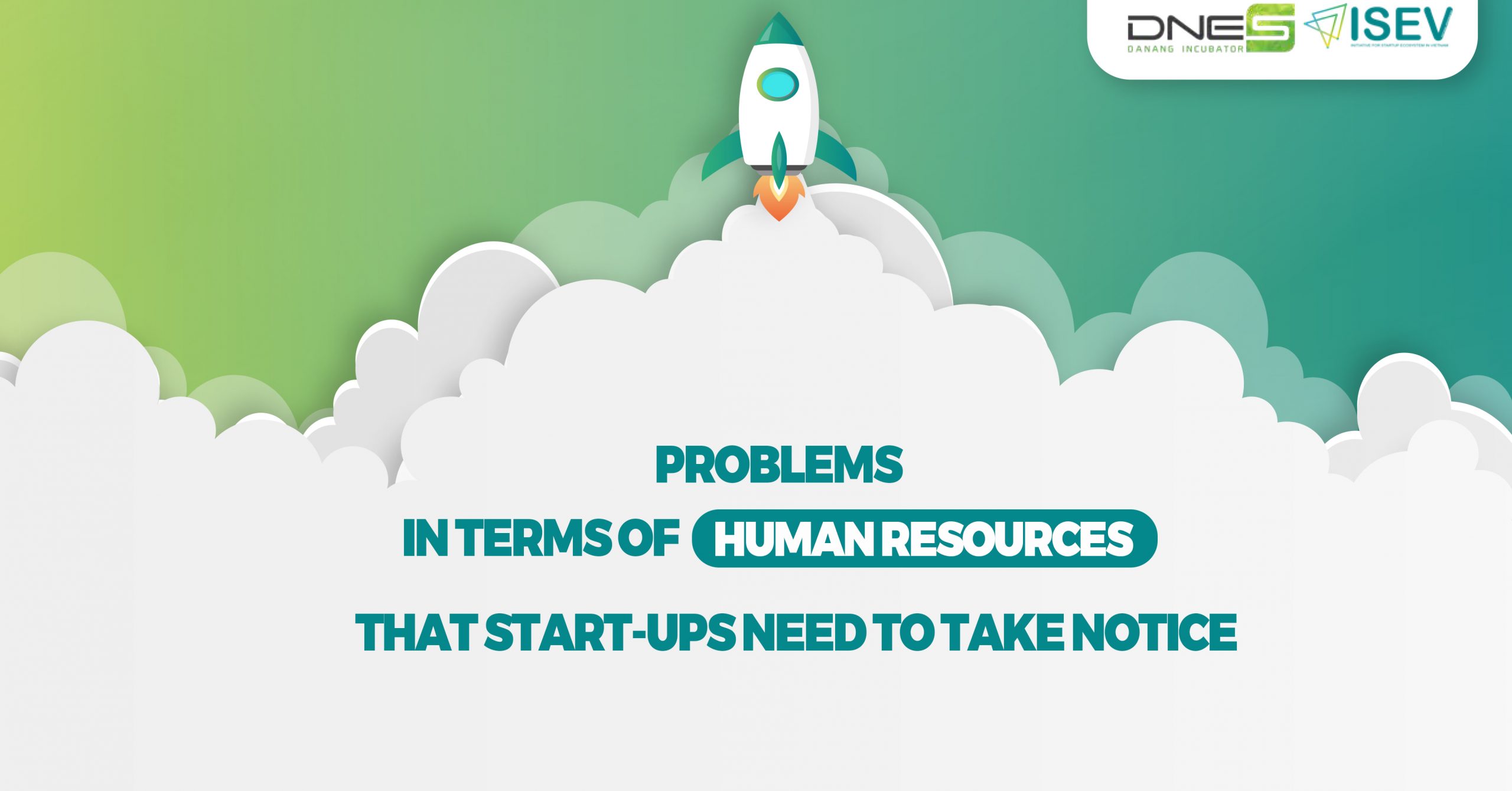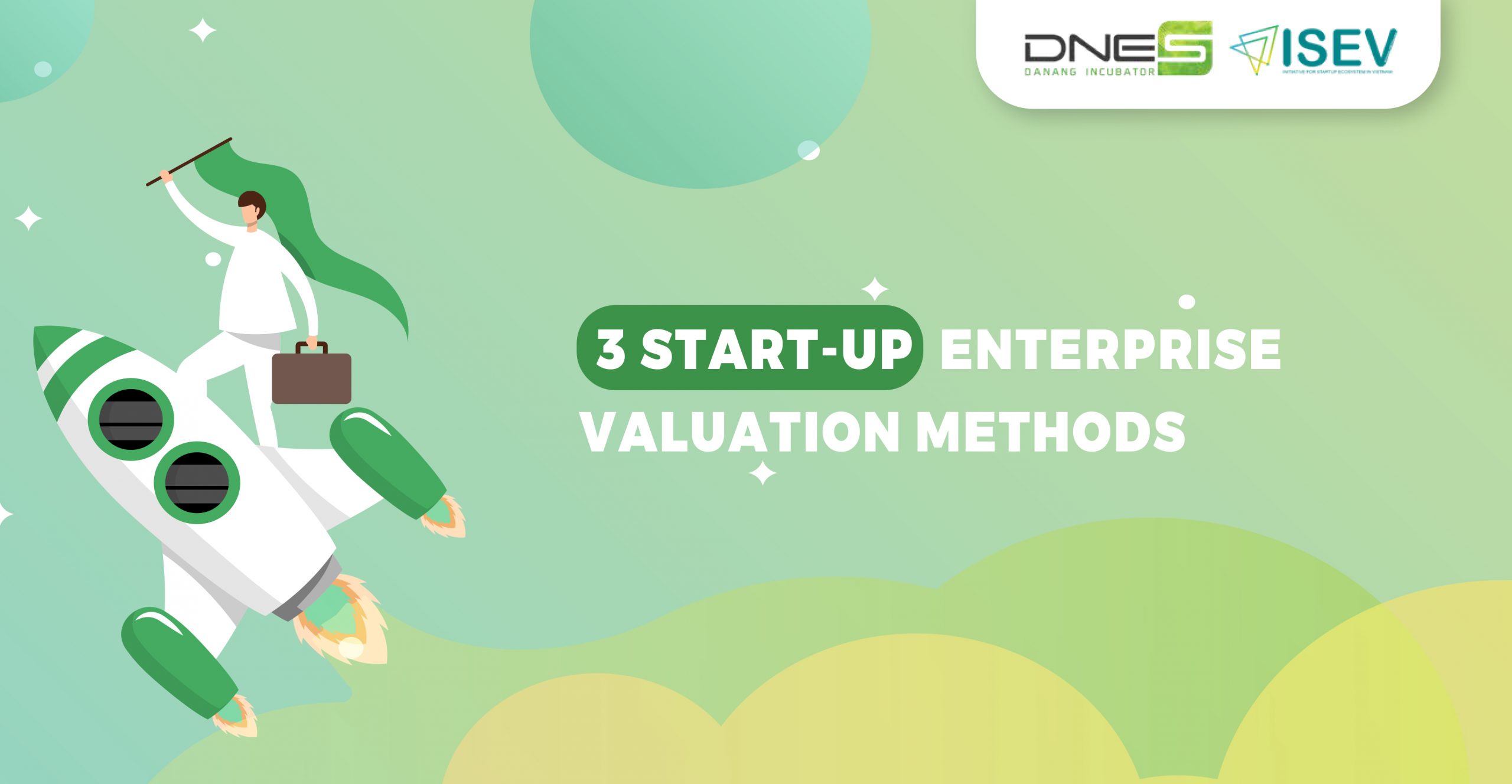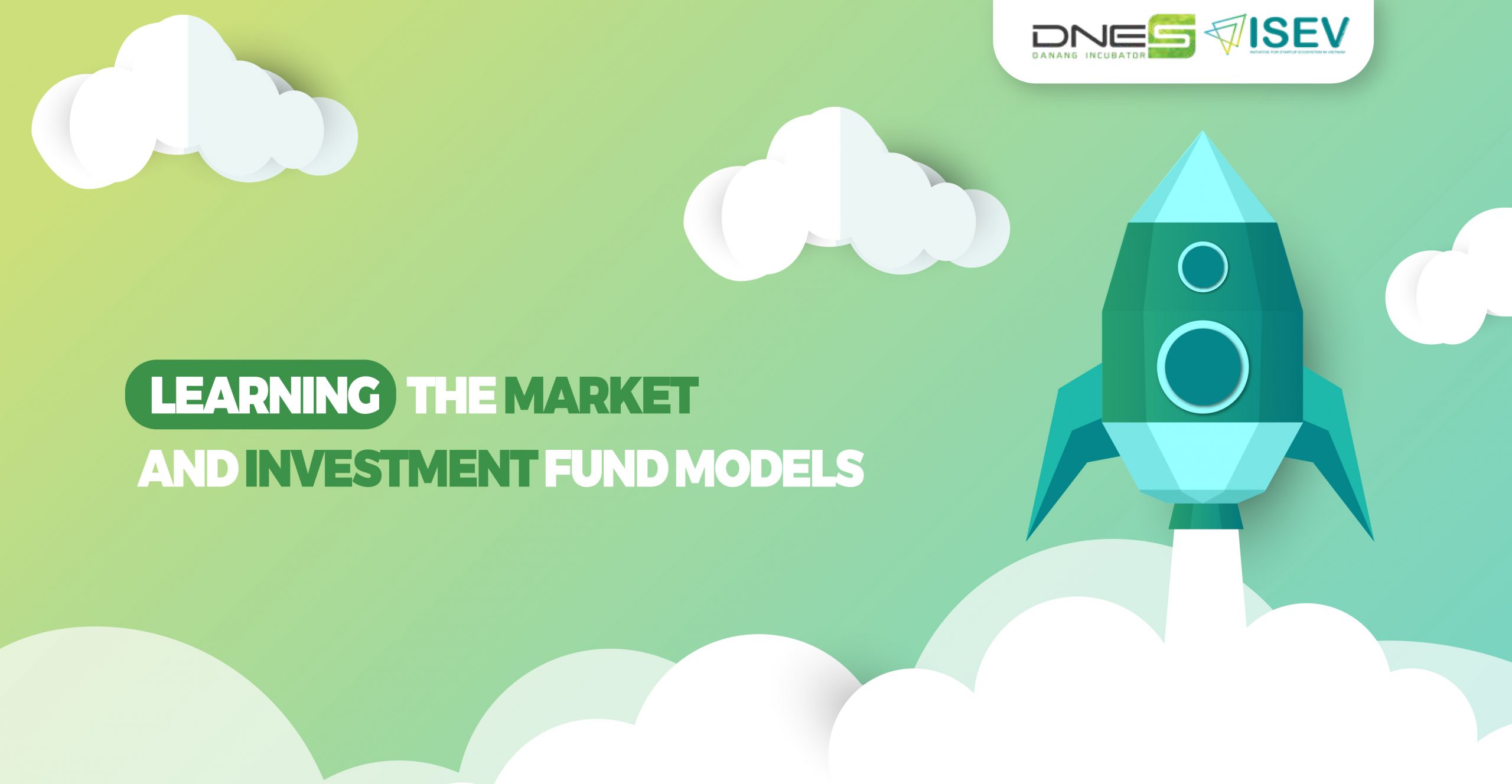THINGS NEEDED TO KNOW ABOUT A BUSINESS MODEL BEFORE STARTING UP
Whether you're a novice or have a lot of experience running businesses, we believe you have heard concepts many times: Business Plan, Business Model, and Revenue Model. These are three concepts that are frequently mentioned in the business world. These three concepts are very close to each other and also very confusing. Distinguishing these three ones is very important. Because only once you understand these three terms, as a founder, you know what to do, when and how to do it appropriately; thereby, avoiding the risks that may come on your business journey.
However, just understanding the business model is not enough. From the knowledge gained, how to improve the business model is the most important thing. Recognizing that, DNES offers the next lesson in startup knowledge and skills, with the theme "Improving business models". The lesson consists of 3 parts, compiled by expert Tran Tri Dung – Expert of the Swiss Startup Program (SwissEP).
I. Distinguish between business model, business plan and revenue model:
- A business plan is a home that you are looking forward to building and perfecting. The business plan contains the achievements and goals that you want to achieve in the future. This concept refers to how you achieve those goals and achievements. And the business plan also shows people what resources you need to achieve future achievements and goals.
- A business model is the blueprint for your future home. Your business model helps you answer four important questions:
- (1) Who?: who is the customer; who is the partner;
- (2) What?: what products and services will you make;
- (3) How?: how will you develop such products and services and how to bring those products and services to the market, to customers, to consumers;
- (4) Why?: the business plan will answer to you, to the shareholders, to the investors, how your business makes a profit.
- In the business plan, you will have an important part that's the revenue model. This concept indicates what price you will sell the product for and to whom, how you collect the money. We perhaps have already given the product to the customer, but we do not always get the money right away. So how do we get money back to the company's account, as quickly as possible and the more the better? And when you have sold, you have already collected the money, how will your profit be? We need to calculate very carefully at this step.
II. How to build a business model:
The image above is method to build a business model developed by two international professors on the basis of studying 350 successful enterprises of the world and a database in 2010.
This business model will consist of 4 questions that we must answer. At the heart of it is the question of "Who" – what target customers we serve and what partners we work with. The second question is "What" – what products, what services we will offer. The third question is "How" – how you will bring your products and services from the idea through production and to consumers. And finally, you have to answer the question "Why" that this activity will be profitable.
- The connection between "who and what" is a statement of value. Consumers, customers who buy our products, use our services because of the values we have committed to providing them.
- From "Who to How" is the value chain you will organize production, in combination with suppliers, partners how to bring products to customers and the market.
- And between "Who and Why" is the revenue model, the concept we just mentioned in the previous section.
Because "Who" is the central factor so who, where our customers are, how our partners are, ought to be answered first. Yet, to build a business model you can start answering any of the last four questions. However, it is also necessary to understand that we need to fully answer all four questions to get a complete business model for starting a business.
III. Practice to build and improve business model when starting up
1. Tell everyone what is engaging about company’s products and service:
- First and foremost, founders have to start a story by telling everyone that your products and services have something awe-inspiring. However, next you must answer “why” questions. Why do other people concern your products and services? Why do you begin creating these products and services? Why should everyone utilize your products and services? And finally, the most critical point is why people should purchase them?
- But then you will have to answer the “Why” questions. Why should others care about your products and services? Why did you start making these products and services? Why should people use your products and services? And finally, the bottom line is why should people buy your products and services right away?
- Google deals data with user behaviors on the internet. From Google's story, entrepreneurs need to know that, when we develop a product, if we can't immediately get money directly from customers on those products, we have to think about how the customer will be our product.
- You are seeing such a familiar image which is a Google search box. So what does the image help to think about? This is an image inferring a principle: many times our products are not products. We use Google searching service regularly and consistently yet we do not pay for it. Nevertheless, we must take notice of a concept that: if we adopt many technological products of Bigtech brands without paying for them, we are their products. So what business does Google run? Google does data business with user behavior on the internet. From The Google story, entrepreneurs need to know that, when we develop a product, if we can't immediately get money from customers on those products, we have to think about how the customer will be our product.
2. Make an appropriate value statement
- A value proposition is a promise to solve problems and satisfy the needs that customers need. It is not a statement that our product is the best, our product is the cheapest, but a commitment that we will solve a specific problem of the customer, of the market. It's also important to note that the value is not the price at which you will sell the product.
- There are many products on the market that you believe have great value, you put a lot of effort into it. However, to determine the value of products, the market has a law of supply and demand. When supply exceeds demand – the price of the product will be low. When demand outweighs supply, the price of the product is high. The value of a product doesn't depend on how much effort it takes, how much time it takes, and how many resources it takes to create it. You can refer to many different values that a product or service can bring. It can be comfort, it can be personal experience, it can be style or convenience or it can be able to integrate with many different applications of a product.
3. Determine how to bring products to market:
Facing the problem of how to sell goods, to bring products and services to the market, we usually have two choices:
First: we can ask ourselves, what can we do, what product or service I create, and how do I sell what I'm going to do.
The second approach: we will go to find out who in the market is willing to pay, how much to pay and for what? We will then determine how we must do it and what work needs to be done to create products and services that the market is willing to pay for.
In business and especially startups, there is neither right nor wrong. Any choice of approach will depend on the resources you have, on the mission you wish to pursue, and on your destiny.
To better learn business model, let’s watch a video of the lesson below:
Author: Tran Tri Dung




